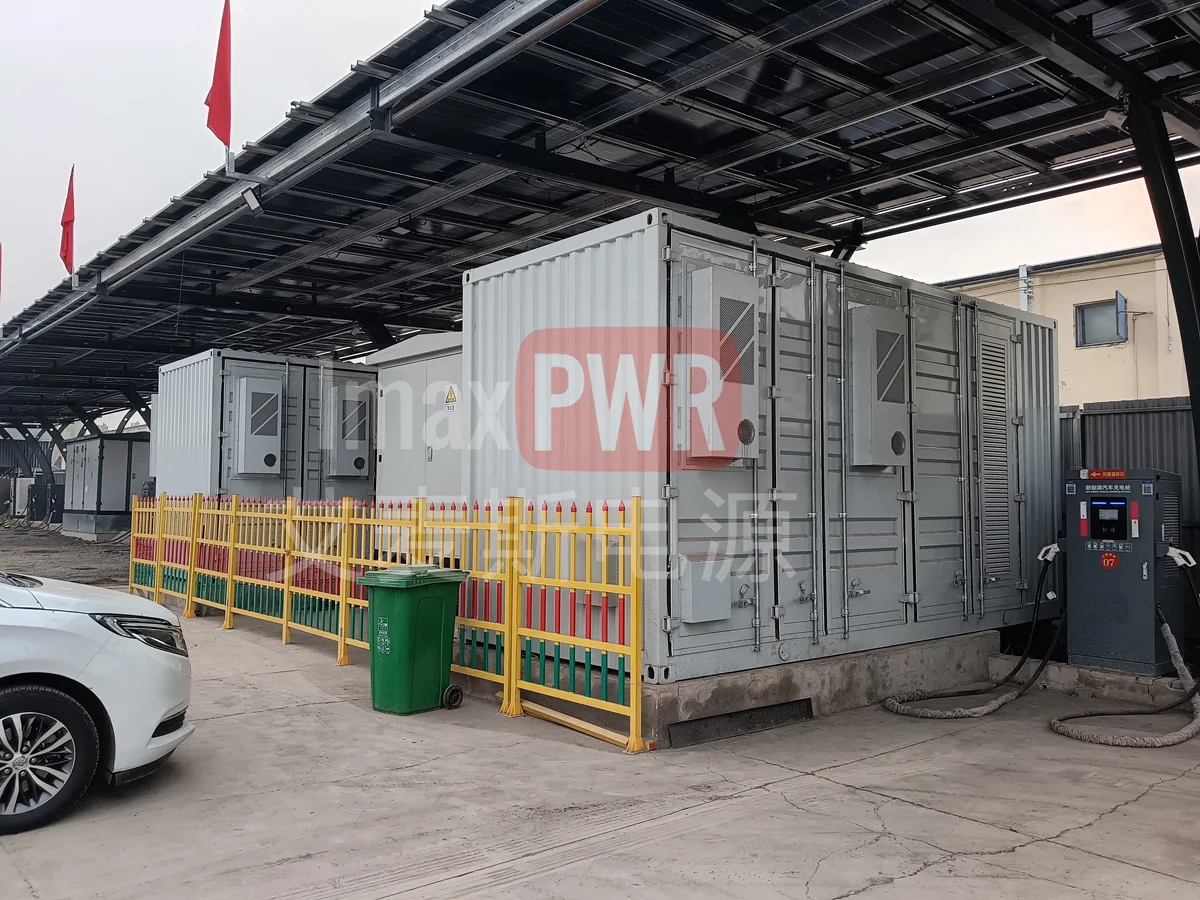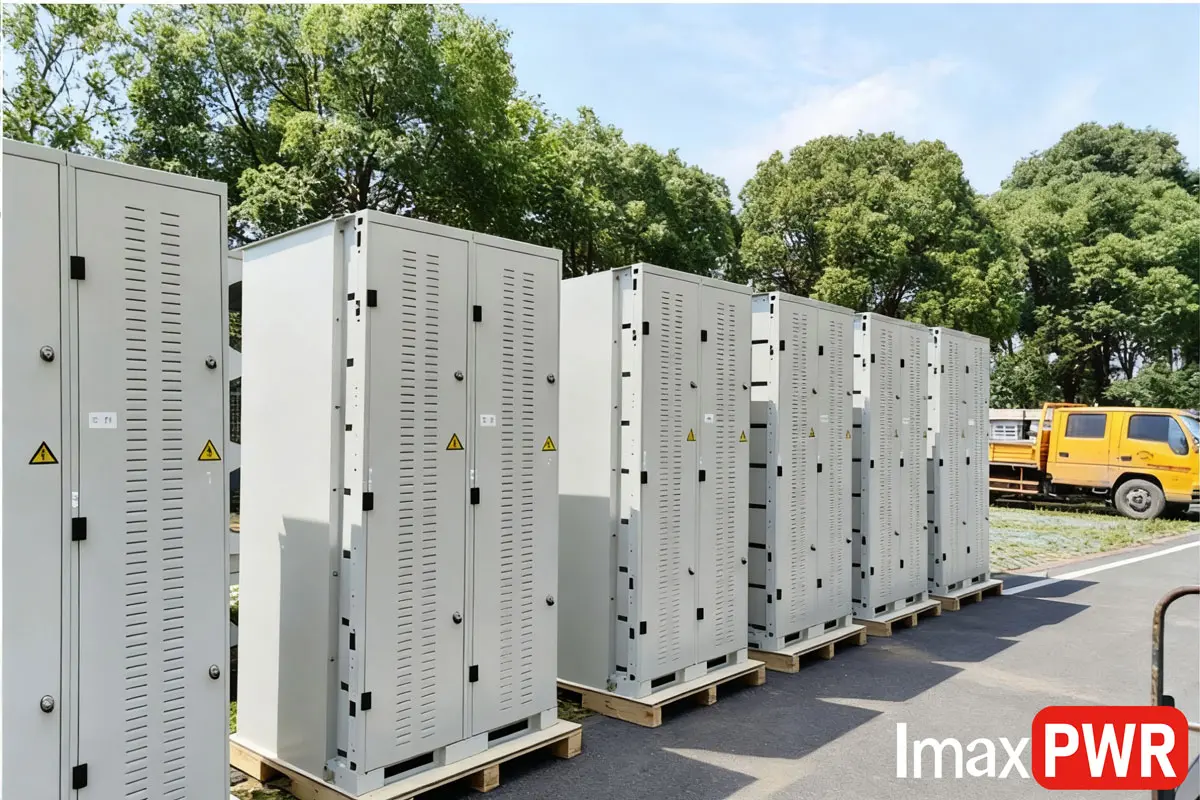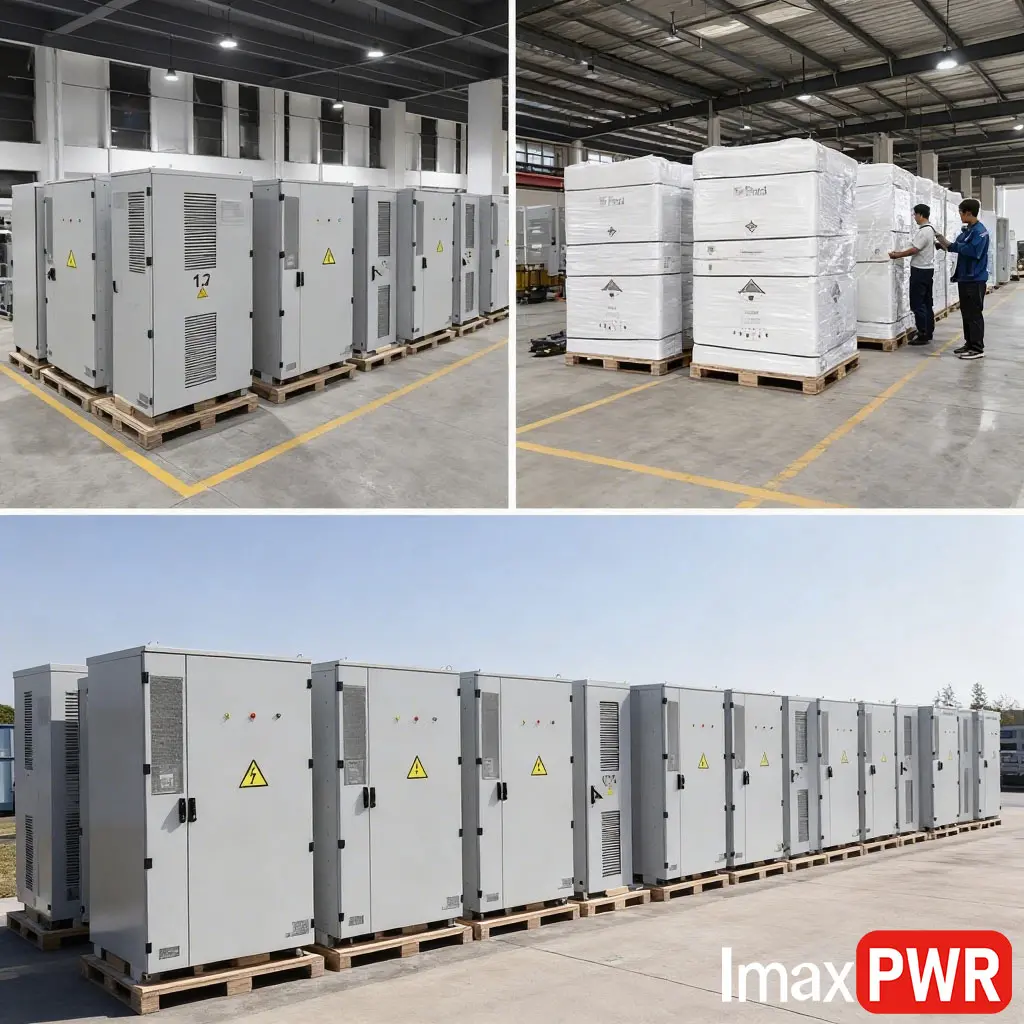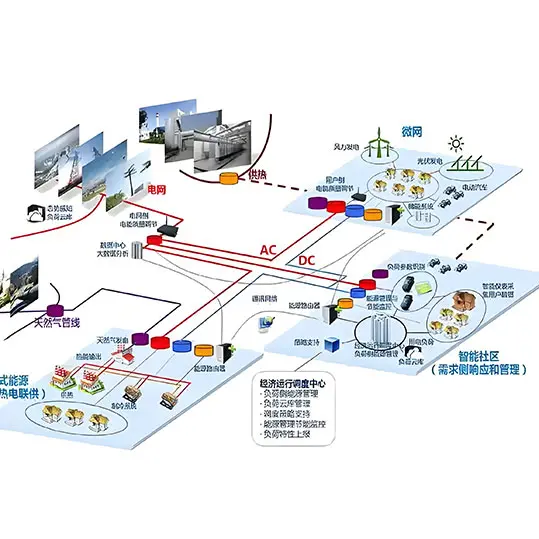Q: What is an energy storage system?
A: Energy storage systems are an important part of the power production process. The energy storage system can effectively cut peaks and valleys, smooth loads, and promote the application of renewable energy; it can adjust peaks and frequency to improve the operational stability of the power system; it can effectively utilize power equipment and reduce power supply costs. Energy storage systems are of great strategic significance to the construction of smart grids.
Q: What is a bidirectional energy storage converter?
A: The bidirectional energy storage converter pcs is the interface between the power grid and the energy storage device. It is suitable for applications that require dynamic energy storage (grid-connected systems, off-grid systems and hybrid systems). It stores electrical energy when there is excess energy. When the electric energy is insufficient, the stored electric energy is converted and output to the grid, or used as the main power supply in the microgrid to support the operation of the microgrid.
Bidirectional energy storage converter pcs products are used in energy storage systems. By connecting the energy storage components to the public grid, during the low load period of the grid, the AC power in the grid is converted into DC power to charge the energy storage components. During peak load periods, the DC power in the energy storage components is converted into AC power that meets the requirements of the power grid and fed back to the public power grid to achieve the function of peak shaving and valley filling. Ensure the normal operation of the power grid. With bidirectional current conversion as its basic feature, it can be used in grid-connected and off-grid situations, and has a series of special performance and functions. Achieve a flexible interface between energy storage and power grid, suitable for smart grid construction.
Q: What is the working principle of the bidirectional energy storage converter?
A: The working principle of the energy storage converter is a four-quadrant operating converter device with controllable AC and DC sides, which realizes bidirectional conversion of AC and DC electrical energy. The principle is to perform constant power or constant current control through microgrid monitoring instructions to charge or discharge the battery while smoothing the output of wind power, solar power and other fluctuating power sources. PCS adopts double closed-loop control and SPWM pulse modulation method, which can accurately and quickly adjust the output voltage, frequency, active and reactive power.
The bidirectional energy storage converter PCS can respond to load fluctuations through fast electric energy storage, absorb excess energy or supplement short energy, achieve dynamic adjustment of high power, and well adapt to frequency adjustment and voltage power factor correction, thus Improve the stability of system operation.
Q: What are the working modes of bidirectional energy storage converters?
A: The working modes of bidirectional energy storage converter pcs are divided into grid-connected mode, off-grid mode and hybrid mode.
- Grid-connected mode
The grid-connected mode includes charging and discharging functions. At this time, the user can choose automatic mode and manual mode. In automatic mode, if the user selects the grid-connected charging or discharging state, the energy storage inverter will charge or discharge the battery at the previously set value. In manual mode, users can manually modify the charging or discharging current, voltage and time values to make the energy storage inverter work in the set charging or discharging state.
In the grid-connected mode, the energy storage inverter is connected to a large-capacity public grid. Large capacity means that the total capacity of the grid is at least 10 times greater than the capacity of the energy storage inverter. The main feature of grid-connected mode is that the energy storage inverter must be synchronized with the existing grid frequency. To synchronize with the grid, the energy storage inverter acts as a current source relative to the grid. In some cases, energy storage inverters must be able to provide voltage support to the grid through reactive power control. This mode is commonly used for peak shaving, valley filling, power load balancing and power quality adjustment. - Off-grid mode
An island system is one or more power generation systems connected in parallel to form a local “microgrid”. The main feature of the island system is that the local power grid is separated from all large power grids, and the rated power of the energy storage system is roughly equal to the total power generated by the local power grid. In this system, the energy storage system must be able to act as a network power supply, providing voltage and frequency control to the local power grid. On the other hand, if one generating device cannot be synchronized with other generating devices, such as a diesel generator connected to the local grid, then the energy storage system must be synchronized as a power source. In some cases, the energy storage system also switches between being a power source and synchronizing with the power generation unit.
Island systems are characterized by energy storage systems connected to local grids. These situations may exist in remote mountainous areas or small islands. Common applications include smoothing power fluctuations caused by variable loads from variable sources, stabilizing power grids, optimizing fuel usage and regulating power quality. - Mixed Mode
The energy storage system can switch between grid-connected mode and off-grid mode. The energy storage system is in a microgrid, which is connected to the public grid and operates as a grid-connected system under normal working conditions. If the microgrid is disconnected from the public grid, the energy storage system will work in off-grid mode to provide main power for the microgrid. Common applications include filtering, stabilizing power grids, regulating power quality and creating self-healing networks.




